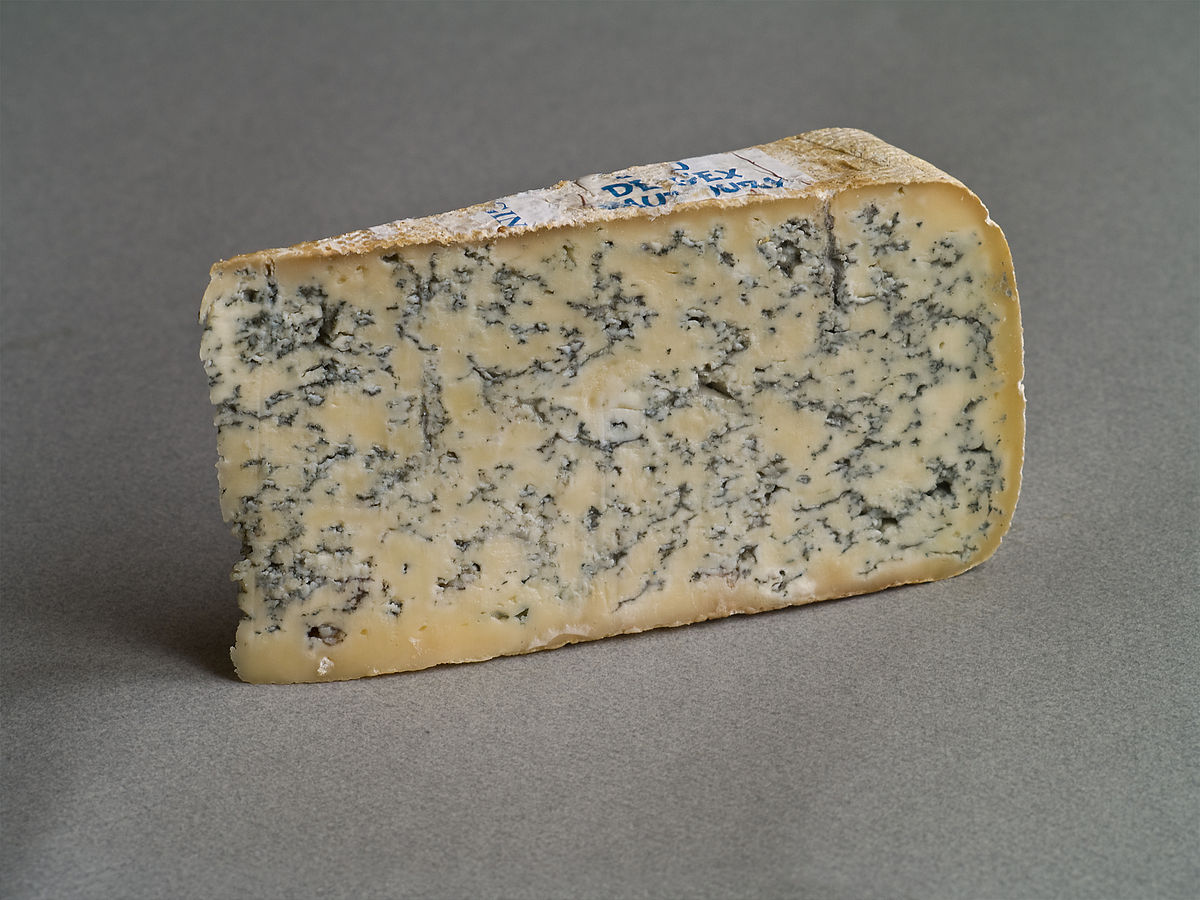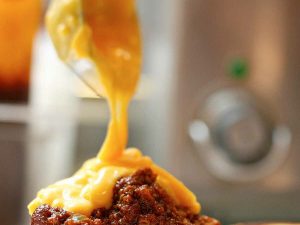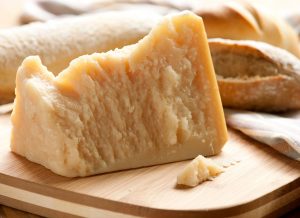Blue cheeses are made from the curds of unpasteurized, unripened cheeses, such as camembert. Blue cheeses are usually aged in a mold or container with a layer of mold on the inside. The mold gives the cheese its characteristic flavor and texture. Blue cheese is a type of cheese that traditionally has a strong flavor. It can be made from cow, sheep, or goat milk.
Blue cheeses are often crumbly and soft with a creamy texture. They usually have an unusual blue mold on the surface and taste mild to sharp in flavor. Most blue cheeses are aged for up to four weeks, which gives them the sharp flavor. Blue cheese has a lower pH level than other cheeses, which may be why it is blue in color.
SAINT AGUR BLUE CHEESE – Subscriber Suggested Video
The Legend
The appearance of cheeses covered with a mouldy rind is, according to some scientists, a pure accident.
One version of how this happened is contained in an old French legend. It happened around 1700 in Roquefort, France.
When one of the shepherds tired of this idyll, he temporarily left the herd to dine on his usual meal of water, bread and cheese in one of the caves.
A beautiful girl, who happened to be in these parts, passed him. Forgetting his trade and his dinner, the enchanted young man followed her. However, he returned only a month later. The cheese had developed a characteristic bluish streak. The shepherd was so hungry that he ate the mouldy cheese, and its pungent smell and salty taste won him over.
The shepherd then served this cheese to the monks, who asked him for more details about the recipe for their favourite snack.
Following the shepherd’s example, the inhabitants of Roquefort also began to leave cheese and bread in the caves, which abounded in the area. This perfumed cheese, with its unmistakable nutty taste and unforgettable aroma, became known throughout the world as Roquefort.
Processing of Milk in the Manufacture of Blue Cheese
The production process for blue cheese starts with raw milk and ends with packaging. The blue cheese is made from curdled milk, which is then cut into small pieces and left to ferment. This fermentation process creates lactic acid, which gives the cheese its characteristic taste and smell.
At the end of the 19th century, when microbiology was already forming as a branch of scientific knowledge, a species of mould was identified and classified which gives rise to this product metamorphosis: it is the so-called “noble” mould Penicillium roqueforti.
Today, Roquefort’s cooking techniques have not changed: the cheese is still preserved in the caves in the mountains surrounding the village of Roquefort, where it acquires its characteristic blue mould under the influence of the humid climate.
Raw Milk. Raw milk contains bacteria that can cause illness or food poisoning if not treated properly. It also contains bacteria that can cause spoilage within hours of leaving the farm, so it must be processed immediately after milking to prevent any risk of contamination.
Curdling. Curdling happens when unwanted proteins form clumps that give milk a lumpy appearance.
Aquired character. Milk has a thin, slightly acidic layer of suspended particles called cream that is found on top. This separates milk into isolated pools (also called creams) of fat and protein molecules. The cream must be removed before it is bottled or otherwise processed because it can cause natural separation of the milk if not removed.
Trace minerals. Minerals are necessary for the body and brain to be healthy. Trace minerals can include calcium, selenium, copper, iodine and zinc. Milk is a natural source of trace minerals.
The bacteria culture used to make blue cheese can be found on the surface of the cheese, which is why it has such an intense flavor.
Blue cheese is made by curdling cow’s milk and bacterial cultures that break down proteins into amino acids. These amino acids give blue cheese its unique taste – sharp, pungent, and intense – and distinctive smell as well as its characteristic color.
It is then aged in a cave or a vat to develop its strong flavor.
The spores of this mould are among the few that can be consumed in food. They are not only found in mont blu cheese, but also in other cheeses, including:
- camembert,
- brie,
- Italian Gorgonzola,
- English Stilton,
- German Dor-blue.
You may also like:



